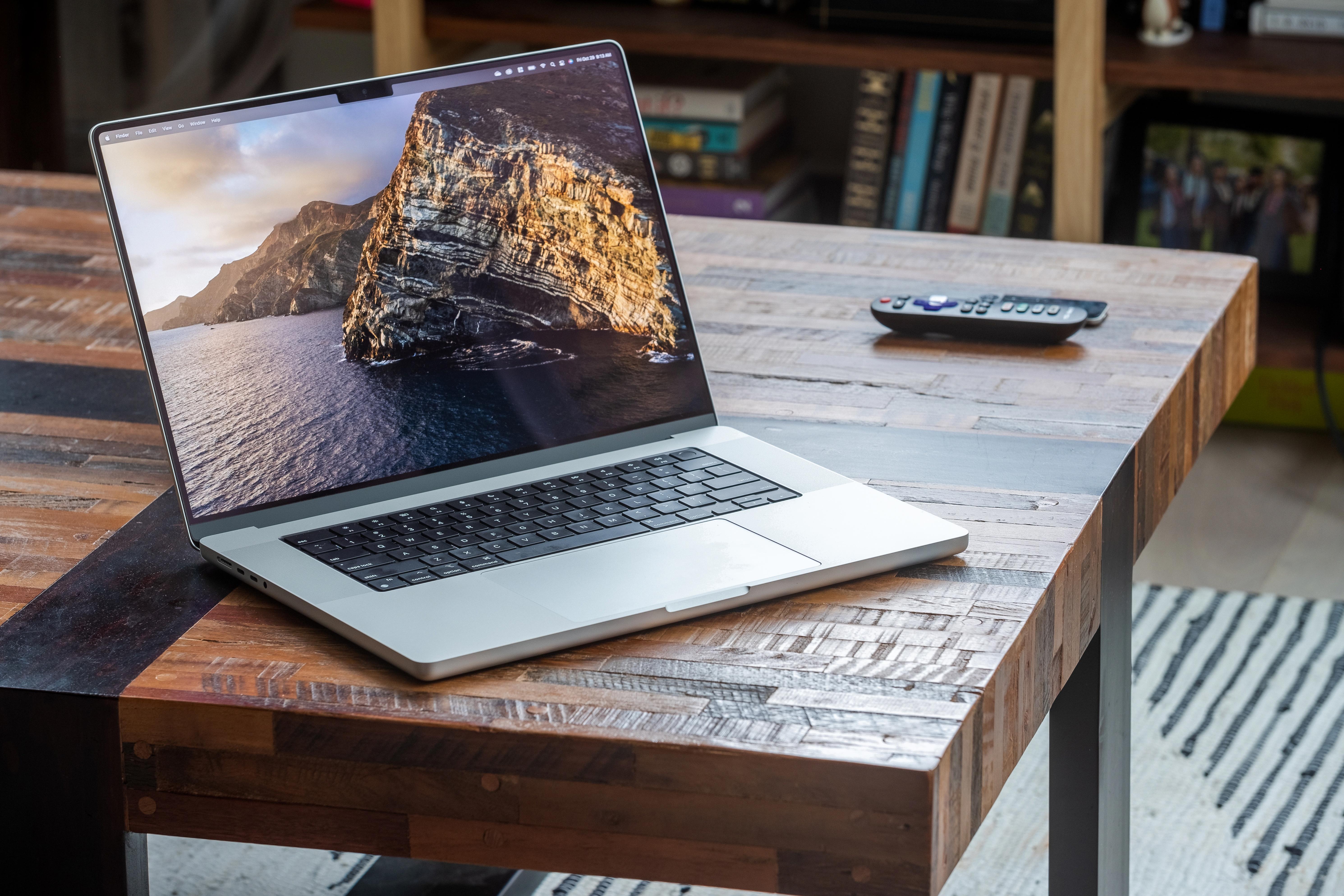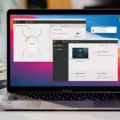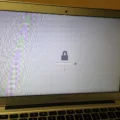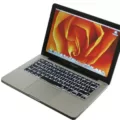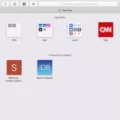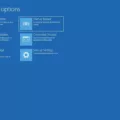Are you experiencing slow startup times on your 2011 MacBook Pro? If so, you’re not alone. Many users of this model have reported long wait times when powering up their devices. Fortunately, there are a few steps you can take to speed up the process and get your laptop running faster.
First, check your disk space. Over time, data can accumulate on your hard drive and cause it to bcome full. This can lead to sluggish performance and even prevent certain programs from running properly. To free up disk space, delete any files or applications you no longer need and move large files to an external storage device.
Next, consier upgrading the internal components of your MacBook Pro. Installing an SSD or faster hard disk can significantly reduce startup times and improve performance in general. Additionally, replacing the optical drive with an SSD makes the laptop lighter, quieter and more efficient overall. However, if you opt for a new HDD be sure to back up your Mac beforehand so that transferring data is easy and stress-free.
Finally, take a look at what applications are running in the background when you turn on your laptop. Too many open programs can slow down boot times as well as reduce RAM memory available for other tasks. To improve performance, disable any unnecessary startup items or login items in System Preferences > Users & Groups > Login Items tab. Additionally, if your Mac is infected with malware it may also be causing slow operations — run a virus scan to make sure everything is clear before continuing with other troubleshooting steps.
In summary, slow startup times on 2011 MacBook Pros are common but there are several thins you can do to speed up the process including freeing up disk space; upgrading internal components; disabling unnecessary startup items; and checking for malicious software infections. With just a few simple steps you should be able to get your laptop running faster than ever before!
The Causes of Slowness in an Early 2011 MacBook Pro
If you have an early 2011 MacBook Pro, it cold be running slowly for a few reasons. First, the operating system and software on these models are quite outdated, so the hardware is not being utilized as efficiently as possible. Additionally, this model may have limited RAM and storage capacity which can cause performance issues when too many programs and applications are running at once. Finally, it’s possible that your MacBook Pro has been infected with malware or other malicious software that is impacting its performance. To troubleshoot this issue, try resetting your Mac to factory settings or performing a clean install of the latest operating system. You should also run a scan using an antivirus program to check for any potential infections.
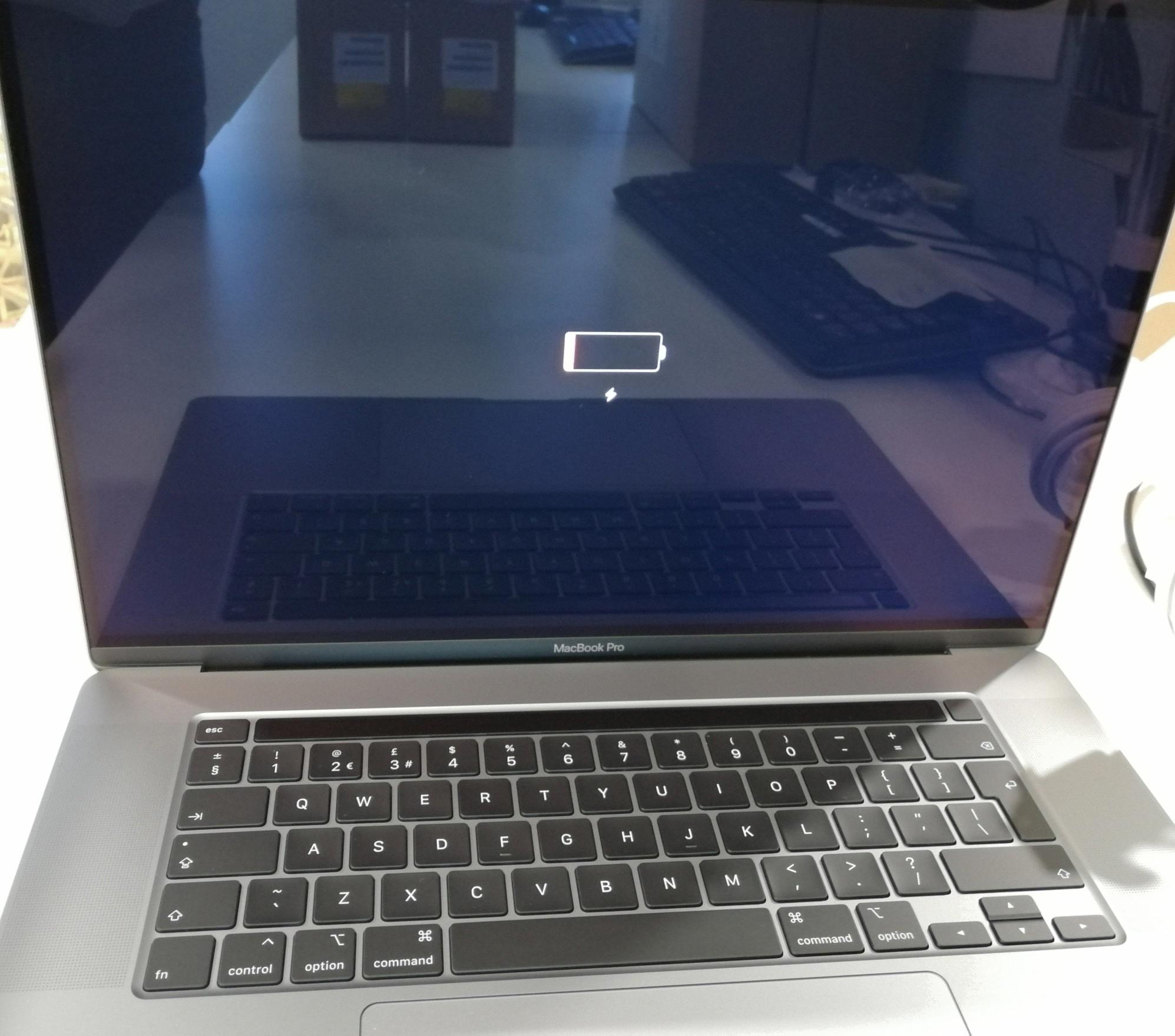
Source: apple.stackexchange.com
Causes of Slow Startup on MacBook Pro
It’s possible that your MacBook Pro is starting up slowly due to a lack of free disk space on the startup disk. To make more disk space available, you can move files to another disk or an external storage device, then delete files you no longer need on the startup disk. It’s also possible that thre are too many programs running in the background and taking up system resources. You can check this by opening Activity Monitor (in the Utilities folder within Applications). If there are any processes that are using too much CPU or memory, you can quit them to free up resources. Additionally, it could be that your Mac is running out of RAM (Random Access Memory). If this is the case, you may need to upgrade your RAM for better performance.
Improving the Performance of a 2011 MacBook Pro
Yes, you can make a 2011 MacBook Pro faster. One of the simplest ways to do this is to upgrade the RAM, as this can improve system performance significantly. You can also replace the hard drive with an SSD (Solid State Drive), which will proide faster start-up times and increased responsiveness when launching applications or multitasking. Additionally, if your Mac has an optical drive, you could replace it with an additional SSD to further enhance the speed of your system. Finally, installing software updates and regularly cleaning out unwanted files and applications can help keep your system running optimally.
Improving MacBook Pro Startup Speed
1. Upgrade to a Solid State Drive (SSD) or faster Hard Disk: Replacing your current hard drive with an SSD is one of the easiest and most effective ways to reduce Mac startup times. SSDs can be 5-6 times faster than traditional hard disks, so this will give your MacBook Pro a major boost in performance.
2. Remove Unwanted Startup Items and Fonts: By removing any unnecessary programs from the list of items that launch when you boot up, you can reduce the amount of time it takes for your system to become ready for use. You can also remove unnecessary fonts from the system as they can take up valuable resources and delay startup times.
3. Remove Unwanted Login Items: If you’ve installed any applications that automatically open when you log in, tese may be needlessly taking up resources during startup and slowing down the process. To disable them, go to System Preferences > Users & Groups > Login Items and deselect any programs you don’t want starting up each time you log in.
4. Use Automatic Login and Disable Reopen Windows: By enabling automatic login, your MacBook Pro will bypass the login screen altogether and get rght into the desktop environment. Additionally, disabling reopening windows will prevent applications from loading all their previously opened documents at startup as well, which can also help speed things up significantly.
5. Disconnect Unused Peripherals: Any USB devices or other peripherals connected to your MacBook Pro could be causing delays during startup as they are being initialized by the system bfore it’s ready for use. Make sure that all unused peripherals are disconnected before powering on your laptop for faster boot times.
6. Use Disk Utility to Verify Your Hard Disk: Using Disk Utility is a great way to make sure that your hard disk is running properly and there aren’t any issues preventing a smooth bootup process. To do this, open Disk Utility from within Applications/Utilities folder, select your hard disk from the list on the left side of the window and then click “Verify Disk” at the top of the window to check for any errors or issues that might be causing slowdowns at startup time.
7 Periodically Check System Health: Regularly checking system health makes sure that nothig has gone wrong with your MacBook Pro’s hardware or software over time which may be slowing down its performance at startup time or otherwise affecting its overall speediness while in operation mode.. You can check system health by running Apple Diagnostics (hold down Option + D while booting), or using an application like CleanMyMac X which provides comprehensive analysis tools for keeping track of system performance over time..
Resetting RAM on a Mac
Resetting RAM on a Mac is a simple process. First, shut down your Mac and then turn it back on. Then, press and hold the Option, Command, P, and R keys together at the same time for about 20 seconds. During this time, the Mac may apper to restart. After 20 seconds have passed, you can release the keys and wait for your Mac to boot up again. This will reset the RAM on your Mac, clearing any stored memory that may have been causing issues.
Clearing Cache on a Mac
Clearing the cache on your Mac is a simple process. First, open Finder from your dock and then press Shift+Command+G on your keyboard. This will open the Go to Folder dialog. In this dialog, enter ~/Library/Caches and press Enter. This will open the folder containing all of the cached files on your Mac. You can select any of tese files to delete them, and confirm when prompted. Once you have deleted all of the cached files you wish to get rid of, you’re done! Your Mac’s cache is now cleared.
Cleaning a Startup Disk on a Mac
If your Mac’s startup disk is nearly full, it can cause your computer to slow down and become less efficient. Fortunately, thee are some steps you can take to clean up your startup disk and create more free space.
To get an overview of what’s taking up space on your startup disk, open Finder and select the “Macintosh HD” icon in the sidebar. At the bottom of the window you’ll see a chart showing how much free space is avalable and which categories are using up the most space.
Once you have an idea of what’s using up your storage, you can use Finder’s search bar to look for large files that may be taking up unnecessary space. Just type in keywords such as “video”, “image” or “audio” in the search bar to locate any large media files that may be clogging up your Mac.
In addition, it’s wise to check the Downloads folder as this is often where large files accumulate. To delete any unnecessary files stored in this folder, right click on each item then select Move To Trash or Delete Immediately (depending on whether you want them stored in Trash before permanently deleting).
Finally, don’t forget to empty the Trash by right-clicking its icon in the dock then selecting Empty Trash. This will delete any unwanted items that were moved there from earlier steps.
Once all these steps are completed, restart your Mac and check how much storage is available again. You shold now have much more free space on your startup disk!
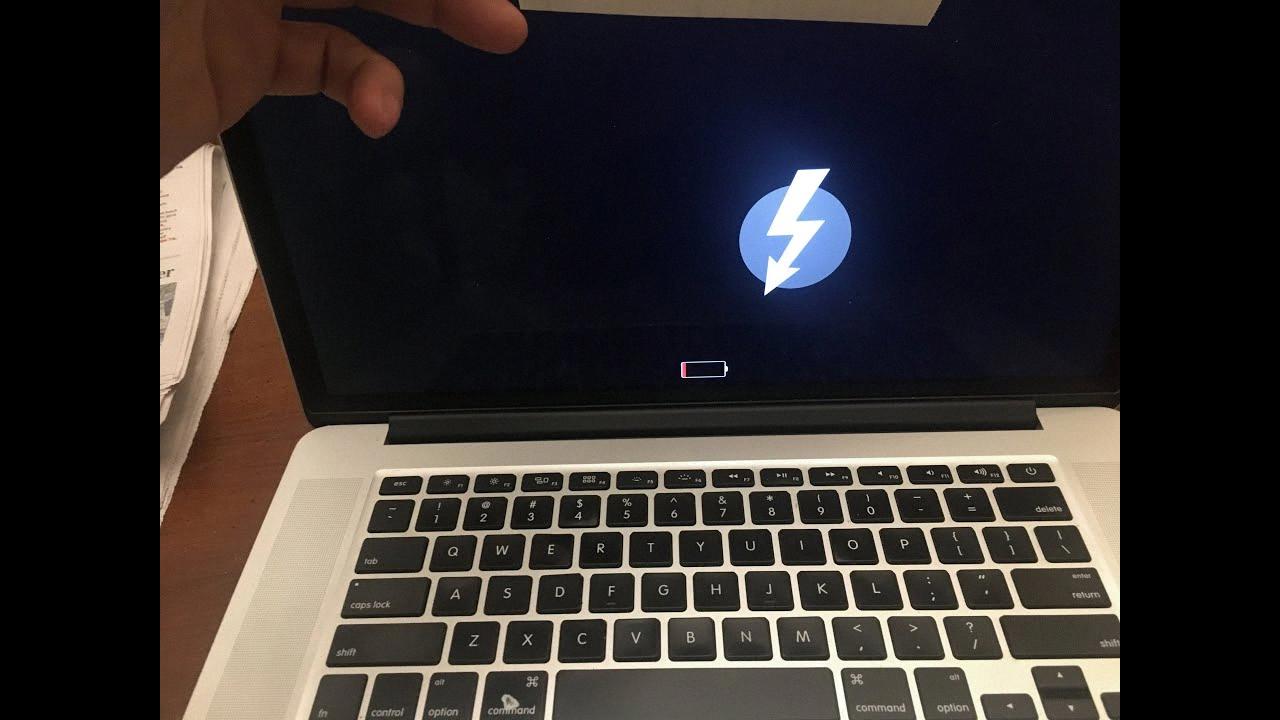
Source: youtube.com
Updating a Late 2011 MacBook Pro
Unfortunately, it is not possible to upgrade your late 2011 MacBook Pro past macOS High Sierra (10.13). The hardware specifications of this model do not meet the minimum requirements for Mojave (10.14) or any later versions of macOS.
Freeing Up RAM on a MacBook Pro 2011
To free up RAM on your MacBook Pro 2011, you can start by restarting your computer. This will clear out any memory that is being used by inactive processes. Additionally, you can check the Activity Monitor to check which programs are taking up the most RAM and close them. You can also delete cached files, configure Chrome’s Task Manager, and use a Mac memory cleaner. Finally, make sure to close Finder windows when you’re done using them as they take up memory too. Following these steps should help free up some of your RAM on your Macbook Pro 2011.
Conclusion
In conclusion, a slow startup on a 2011 MacBook Pro can be caused by multiple factors. The most common causes of a slow startup are an outdated operating system, a full hard disk, too many running background programs and apps, and potential malware infections. To resolve this issue, you should make sure your Mac has eough free disk space, replace the optical drive with an SSD or faster hard disk, remove unwanted startup items and fonts, remove unwanted login items, use automatic login and disable reopen windows, disconnect unused peripherals, use Disk Utility to verify your hard disk, and periodically check system health. Taking these steps should help you speed up your Mac’s startup times and ensure it runs optimally.


